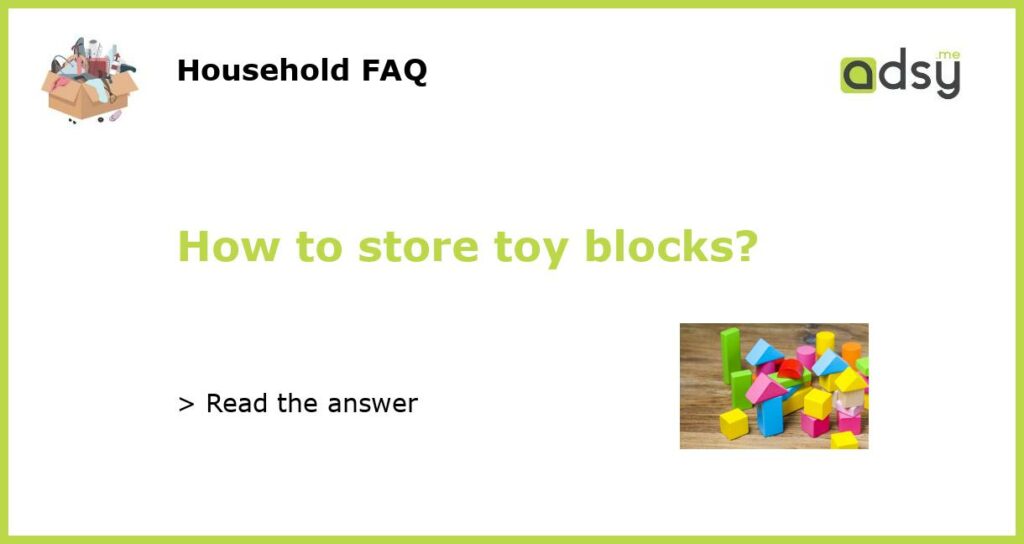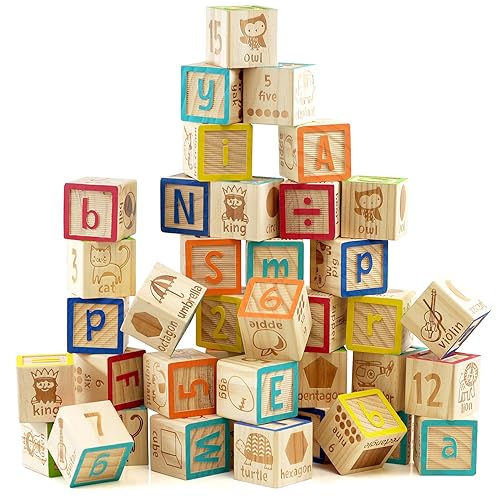Headline: The Importance of Proper Toy Block Storage
Toy blocks are a classic children’s toy that can provide hours of entertainment and educational value. However, if not properly stored, toy blocks can become scattered, disorganized, and potentially lost. In this article, we will discuss the importance of proper toy block storage and provide some helpful tips on how to store toy blocks effectively.
Headline: Organizing Your Toy Blocks
One of the first steps in effectively storing toy blocks is to organize them. This will not only make it easier for your child to find the blocks they want to play with, but it will also make cleanup time much more manageable. Consider sorting the blocks by color, shape, or size. You can use separate containers or bins for each category, or even invest in a toy block storage system specifically designed for this purpose.
Headline: Choosing the Right Toy Block Storage Solution
When it comes to choosing the right toy block storage solution, there are several options to consider. One popular choice is a storage bin or box with compartments or dividers. These allow you to separate the blocks by type or size, making them easy to locate and access. Another option is a storage ottoman or bench, which not only provides a place to store the blocks but also doubles as seating or a surface for playing with the blocks. Wall-mounted storage systems are also available, which can free up floor space while keeping the blocks within easy reach.
Headline: Labeling and Accessibility
An essential aspect of toy block storage is labeling and accessibility. If your child is old enough, involve them in the labeling process. Use clear, visible labels on the storage containers or bins so that your child can easily identify where the blocks belong. Additionally, make sure the storage solution you choose allows for easy accessibility. Your child should be able to reach the stored blocks without much difficulty, promoting independence and fostering a sense of responsibility for cleaning up after playtime.
Headline: Creating a Play Area
Consider creating a designated play area for toy blocks. This could be a corner of a room, a playroom, or even a small table dedicated to block building. Having a defined space for play helps contain the blocks and encourages your child to clean up after themselves. Use containers or shelves specifically designed for toy block storage to keep the area tidy and organized. This will also make it easier for your child to find and play with their blocks without having to search through other toys or clutter.






